Surprisingly Great. Fujifilm 70-300mm F4-5.6 R OIS WR Review
For more stories like this, subscribe to The Phoblographer.
The Fujifilm 70-300mm f4-5.6 R OIS WR lens (say that three times fast!) is a very compact, versatile telephoto zoom lens. It is quick to focus in ideal shooting environments, comes equipped with image stabilization and weather sealing, and is comfortable enough to shoot with all day. We have spent the last two weeks in various conditions to see if it holds up to our first impression and is worth the $799.95 price. The short answer is yes. Keep reading to find out why.
Too Long, Didn’t Read
The Fujifilm 70-300mm f4-5.6 is a compact, telephoto zoom lens that comes equipped with highly sought-after features found in more expensive offerings. Autofocus is very fast in ideal light, but it does struggle achieving autofocus in high contrast situations with a lot of texture and low light environments with a lot of tonality. It makes up for any shortcomings with its versatility and image quality which are sure to satisfy various niches.
Pros and Cons
Pros
- Ergonomic
- Versatile
- Fast autofocusing from 5m to infinity in well-lit environments
- Image Stabilization
- Weather sealed
Cons
- Slower to focus in less than ideal lighting situations
- Autofocus has difficulty in high contrast situations with a lot of texture
- Bokeh easily produces cat’s eye and onion ring effects, if you care about that
Gear Used
We used the Fujifilm XF70-300mm f4-5.6 R LM OIS WR with the Fujifilm X-T4. We used the Broncolor Siros L 800Ws and the Broncolor Para 133 when inside the studio.
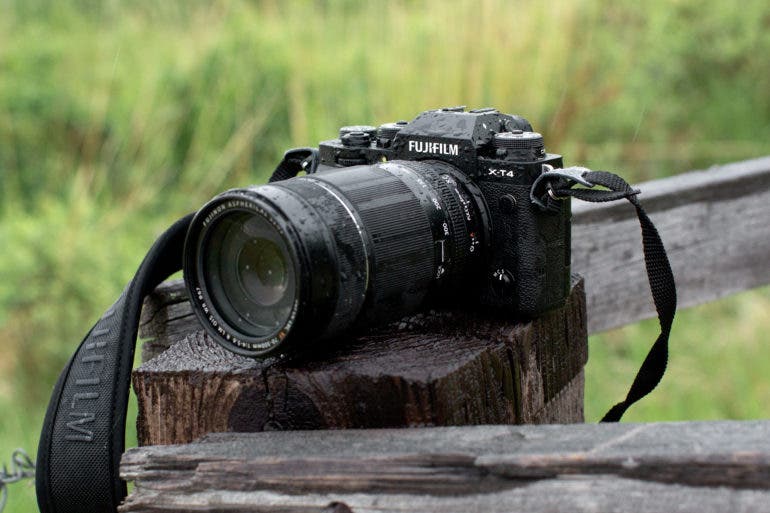
Technical Specifications
These specs are from Fujifilm and originally featured in our previous coverage.
- 107-457mm (35mm Equiv)
- Weather Resistant
- “A” Position Lock
- Fast Auto Focus with Linear Motor
- Filter Size: (67mm)
- Minimum Focus: 83cm
- Weight: 1.27lbs (580g)
- 5.5 Stops O.I.S.
- Compatible with Tele Converter (1.4x, 2x)
- Magnification: 0.5x Magnification (Half Macro) for 35mm Format
Innovations of the Fujifilm 70-300mm f4-5.6 R LM OIS WR Lens
The Fujifilm 70-300mm f4-5.6 lens isn’t the first of its kind to offer such a broad range of focal lengths. It’s also not the first Fujifilm’s lens to offer the beloved aperture control ring. However, iIt is one of the first zoom lenses to offer an entry-level price tag for high-end features. This lens boasts weather sealing and image stabilization that we’ve come accustomed to seeing in higher-end lenses. It’s also one of the first telephoto zoom lenses at this price point to offer all this in a very ergonomic, compact design.
Ergonomics

Weighing only 1.27lbs, the Fujifilm 70-300mm f4-5.6 R LM OIS WR is one of the most ergonomic telephoto zoom lenses on the market today. It measures 5.5” at 70mm and comes in slightly under 8.5” when zoomed out to 300mm. It is very compact in comparison to a lens with a 35mm equivalent zoom range of 107mm to 457mm.
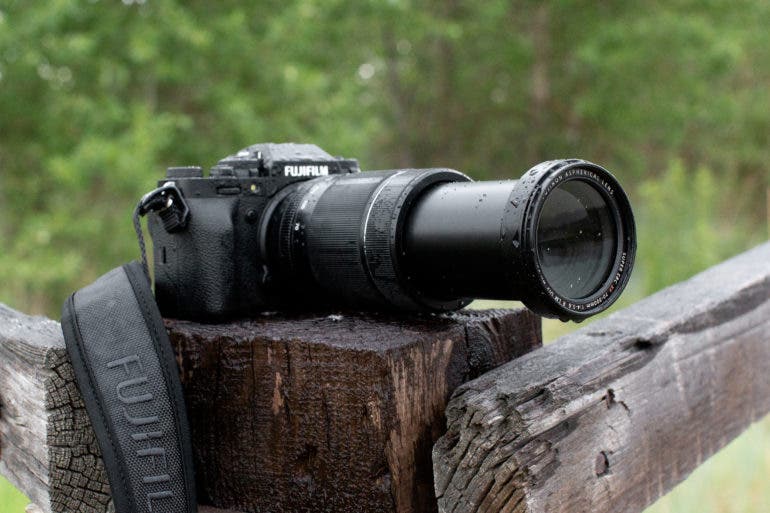
When it comes to the design, the Fujifilm XF70-300mm is cut from the same cloth of the company’s other offerings. It has the same aperture control ring we all love. Further down the barrel is the large focus ring and then the small manual focus ring of the lens. For anyone planning to jump from another manufacturer to Fujifilm, there is no manual focus switch. It only takes a few times fumbling around for the non-existent switch to become accustomed.

The Fujifilm 70-300mm has a lock switch to curtail lens creep and keep the barrel locked into place when not shooting. It also has an aperture control switch to stay dialed in as well as a zoom limiter switch to achieve the fastest autofocus in a specific setting. When looking directly into the lens, you will find that the front element has a 67mm filter thread size.
The ergonomics are nothing to complain about. The Fujifilm XF70-300mm fits comfortably in your hand when attached to the X-T4. It is a simplistic, lightweight design that is comfortable enough to take along the streets of New York City like a tourist, on a nature hike, and shoot in a busy studio environment.
Build Quality

After spending two weeks with the Fujifilm XF70-300mm lens, I have been pleasantly surprised. My first impression was to not have any expectations after unboxing a lens that is mostly composed of plastic. It doesn’t feel plasticky. On the contrary, combined with the metal mount it feels more substantial. The zoom and manual focus ring are covered in a textured rubber that moves fluidly. The aperture ring bodes confidence and clicks swiftly into place. The switches feel solid, well-built, and the locking feature is a welcome addition.

Holding true to the WR in its name, the Fujifilm XF70-300mm lens lives up to its weather seal claims. To test this, I drove west towards the angry onyx clouds in the Montana sky. After only a few minutes of thunder clapping and lightning cracking, the clouds parted and revealed a downpour of torrential rain. It’s the kind of rain that windshield wipers can’t keep up with. Nevertheless, the lens kept delivering and scanning the surroundings with minimal hiccups. The only time it seemed to struggle was when the rain was so heavy that it muted any semblance of texture to grab hold of and focus. And that was because it was hard to see, not because it lacked in performance.
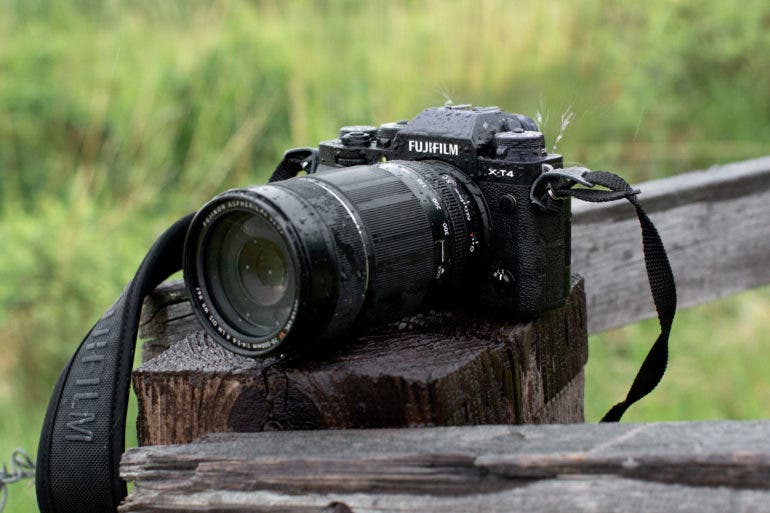
“After only a few minutes of thunder clapping and lightning cracking, the clouds parted and revealed a downpour of torrential rain. It’s the kind of rain that windshield wipers can’t keep up with. Nevertheless, the lens kept delivering and scanning the surroundings with minimal hiccups.”
Ease of Use
The lens is incredibly easy to use. Simply attach it to your camera body of choice and go have fun. As far as telephoto lenses go, it is straightforward. The Fujifilm 70-300mm lens has the added benefit of the focus limiting switch to achieve the swiftest autofocus, whether you are out in the wilderness or in the studio. I love the convenience of the aperture ring on the lens. The aperture can still be controlled on the camera body for anyone who doesn’t enjoy this feature. The zoom ring is effortless and allows for multiple perspectives to be achieved within seconds.

I have taken the Fujifilm XF 70-300 around New York City, on a day hike, and into my studio. As expected, it tracks and locks down focus quickly in great light. However, in low light it is a bit slow to lock focus on the subject. This is not surprising as it isn’t designed to be a quintessential low light lens. What was surprising was how difficult it was to achieve autofocus in a high contrast environment with a lot of texture. Even with a large patch of white needles on a porcupine against darker hues, the lens struggled. It was quicker to achieve focus with the manual focus ring.
The mechanics of the autofocus system are quiet, though not silent. The sound of my feet crunching through the weeds was more of a disruption to the birds than anything else. Luckily the autofocus tracking was responsive enough when quickly zooming in as they ran down the fence. Once settled and becoming one with nature, the motor was not loud enough to disturb the surrounding animals.
Shooting with the Fujifilm XF 70-300mm in the studio was quite enjoyable. The 70mm focal length is near the 105mm beauty lens equivalent on a 35mm. The performance of the lens was on par with the industry standard beauty lens. No matter the focal length or fstop, the telephoto lens was prompt to keep up with the demands of a high-end beauty shoot or e-commerce environment.
Image Quality

If rich in detail is the objective, the Fujifilm XF 70-300mm will not disappoint. This lens is sharp, especially when paired with the Fujifilm 26MP X-Trans sensor. Chromatic aberration was not an issue with this lens, and if it was, any fringing was barely noticeable. Lens flares and stars appear to be minimal. The custom JPEG user profiles make it easy to nip this in the bud. The lens compression also allows it to create a velvety background. The built-in image stabilization yields impressive imagery at longer focal lengths and shutter speeds.
Bokeh
One of the complaints about this lens is that it produces a cat-eye or onion ring bokeh effect, and therefore it is deemed ineligible for portrait work. And while this effect can be seen, I disagree wholeheartedly with the previous sentiment. As long as your subject is properly lit and there is adequate separation from the background, this lens should capture a beautiful portrait. The bokeh only improves with the dreamy compression that is offered at focal lengths of 200mm and longer. It is even more impressive at focal lengths just over 100mm when there is sufficient separation from the background. This is ideal for wildlife, nature, and portraiture.

Color Rendition
The color and contrast produced from the Fujifilm XF 70-300mm is reminiscent of what we see in real life. It isn’t too magenta or too green. This is ideal when capturing product imagery as well as portraiture. When shooting in JPEG, custom color profiles are easy to achieve to fit a plethora of styles. Auto white balance is also more accurate than a lot of other manufacturers.
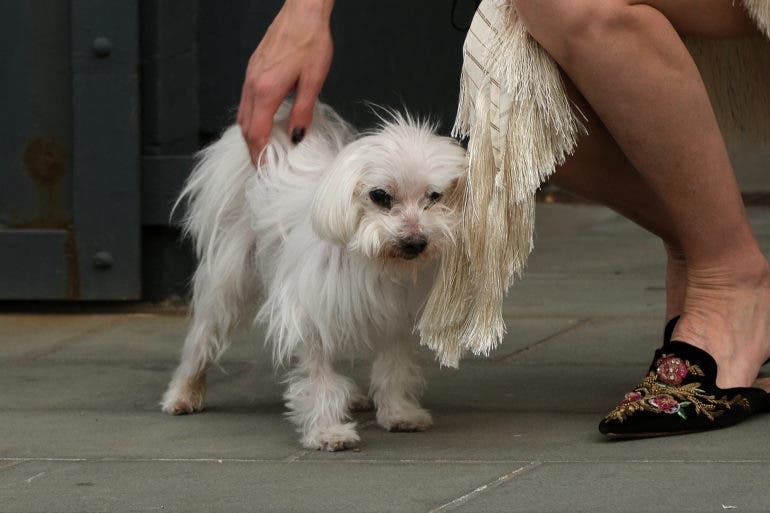
Lens Character
Fujifilm employs a very run-of-the-mill recipe when it comes to their telephoto lenses, and they rarely deviate. This telephoto lens is no exception.
Sharpness
The Fujifilm 70-300mm lens delivers very sharp images. Even when shooting wide open with center-focus, the majority of the image is sharp, with focus fading towards the corners. That sharpness naturally increases when stopping down. Selective focus in contrast to the creamy bokeh yields impactful nature and wildlife imagery. The built-in image stabilization aids in the overall sharpness of the image when we need it most at the larger focal lengths. It also allows room for creative license to shoot at slower shutter speeds while keeping the subject sharp. As a result, the lens delivers portfolio-worthy portraits and detail-rich still-life images in a studio setting.

Extra Image Samples
From day one, The Phoblographer has been huge on transparency. Nothing from this review is sponsored. Lots of folks will post reviews that show lots of editing in the photos. The problem then becomes that anyone and everyone can do the same thing. They’re not showing what the lens can do. So, our Extra Image Samples section shows edited and unedited photos. From this, you can make a decision for yourself.
Edited




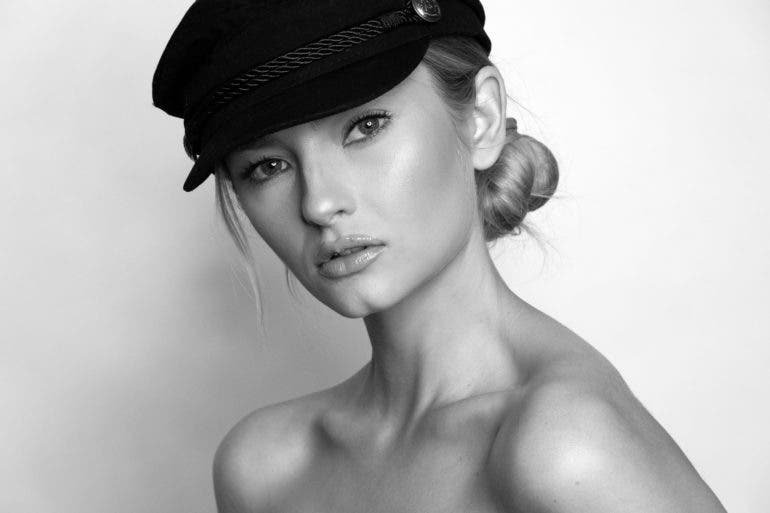
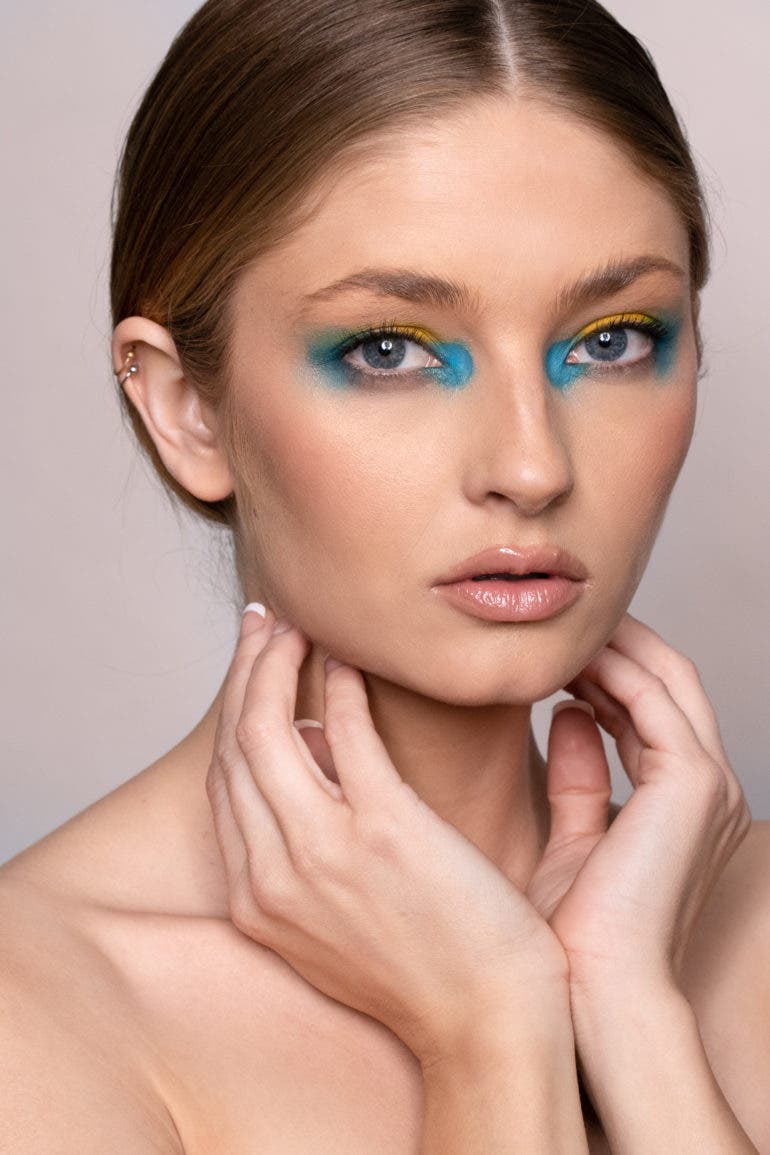

Unedited


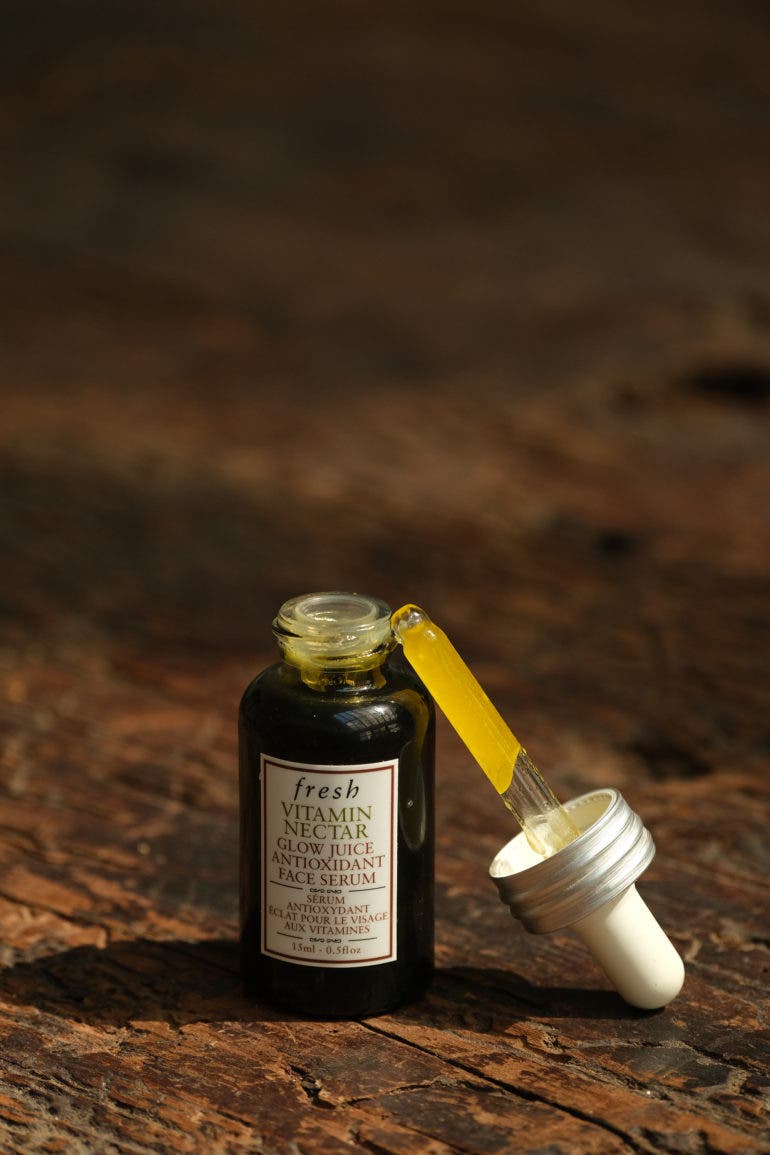


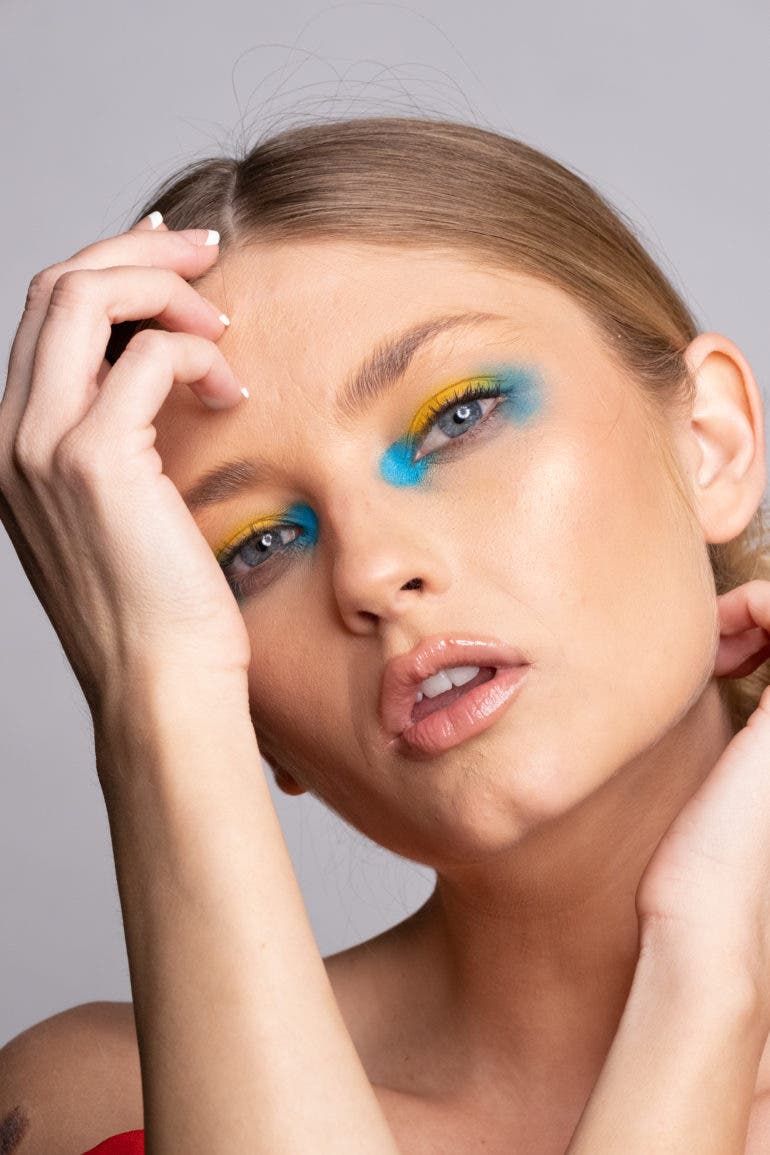



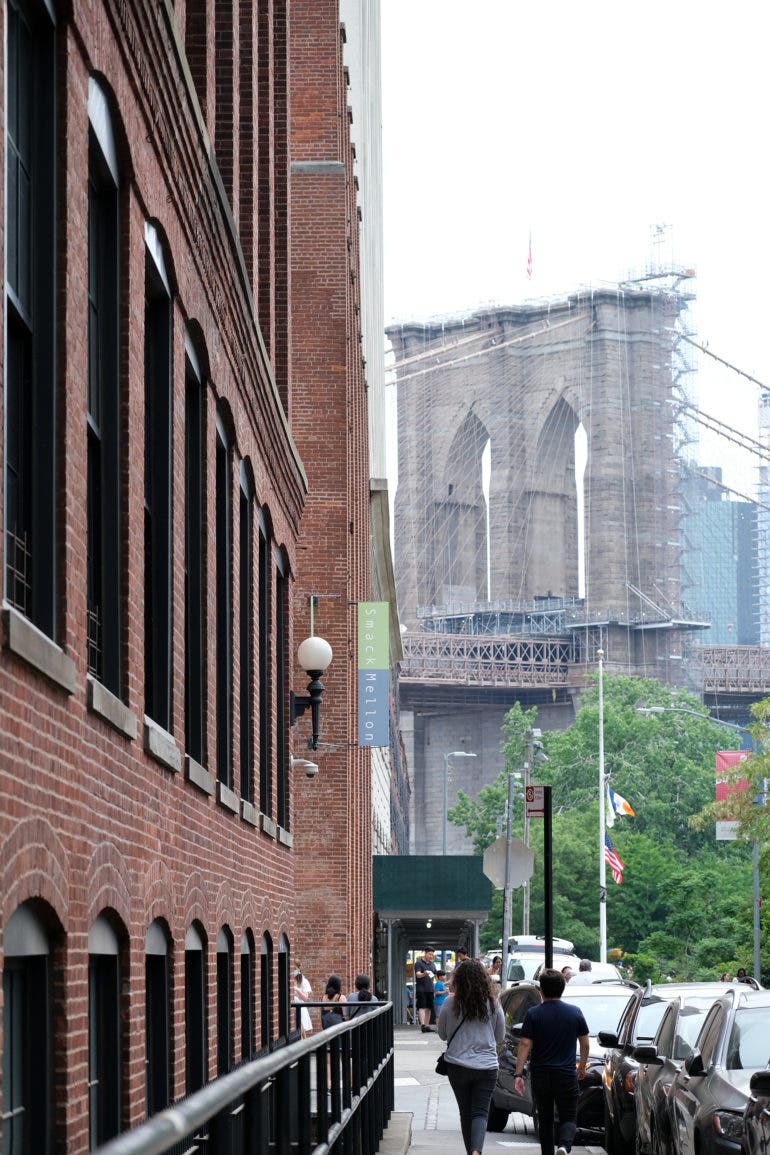
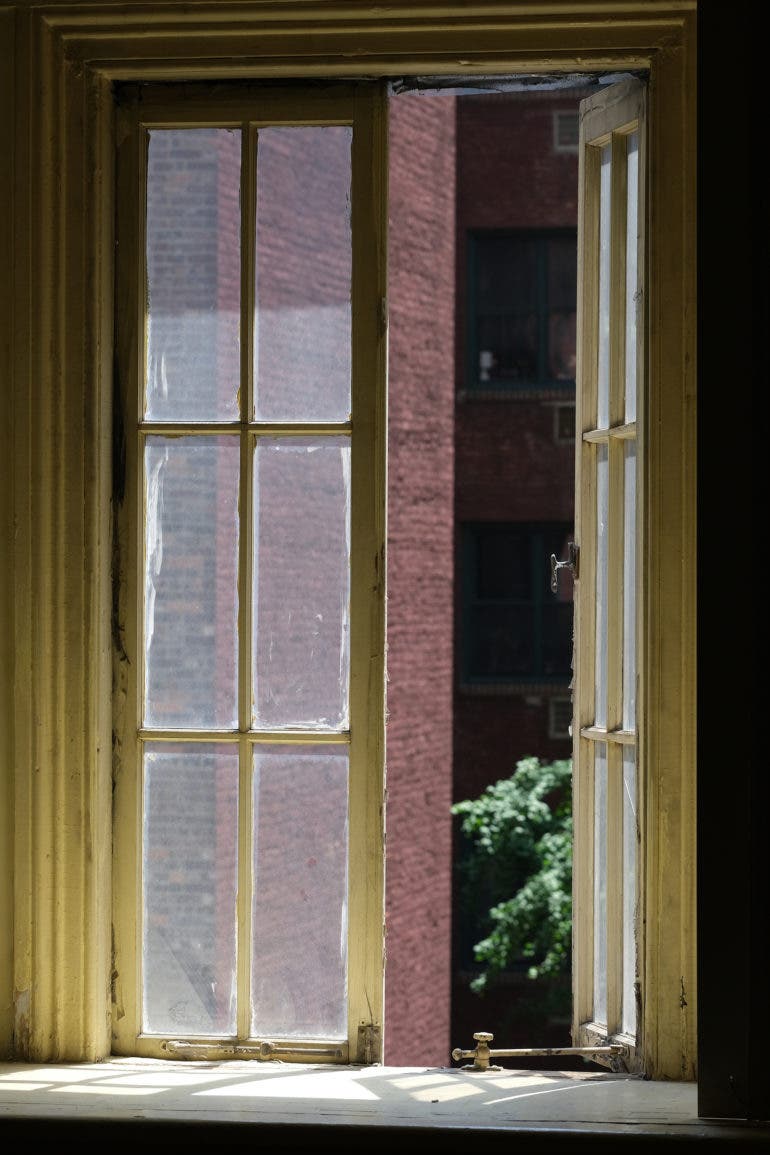
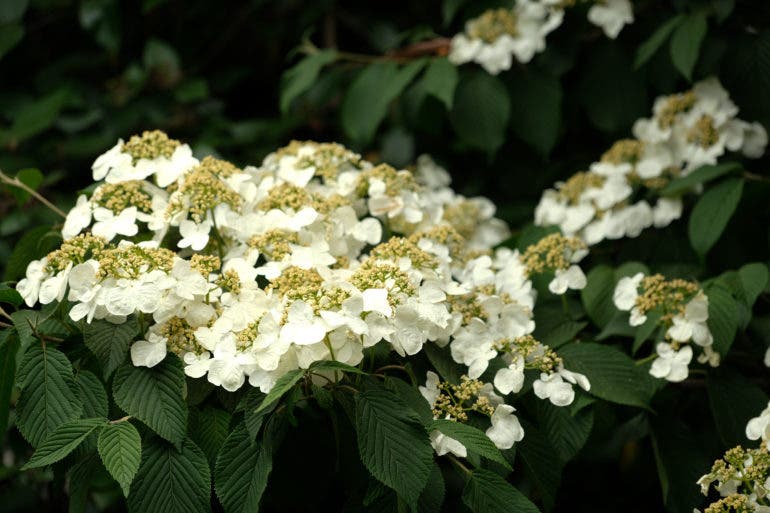





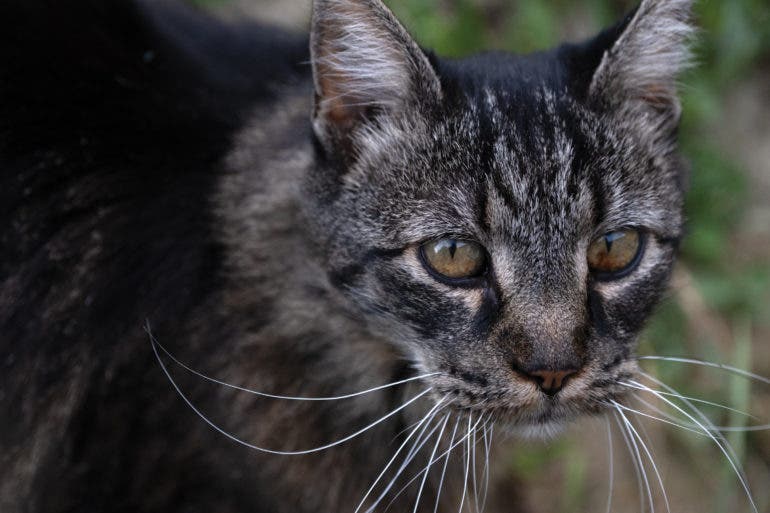
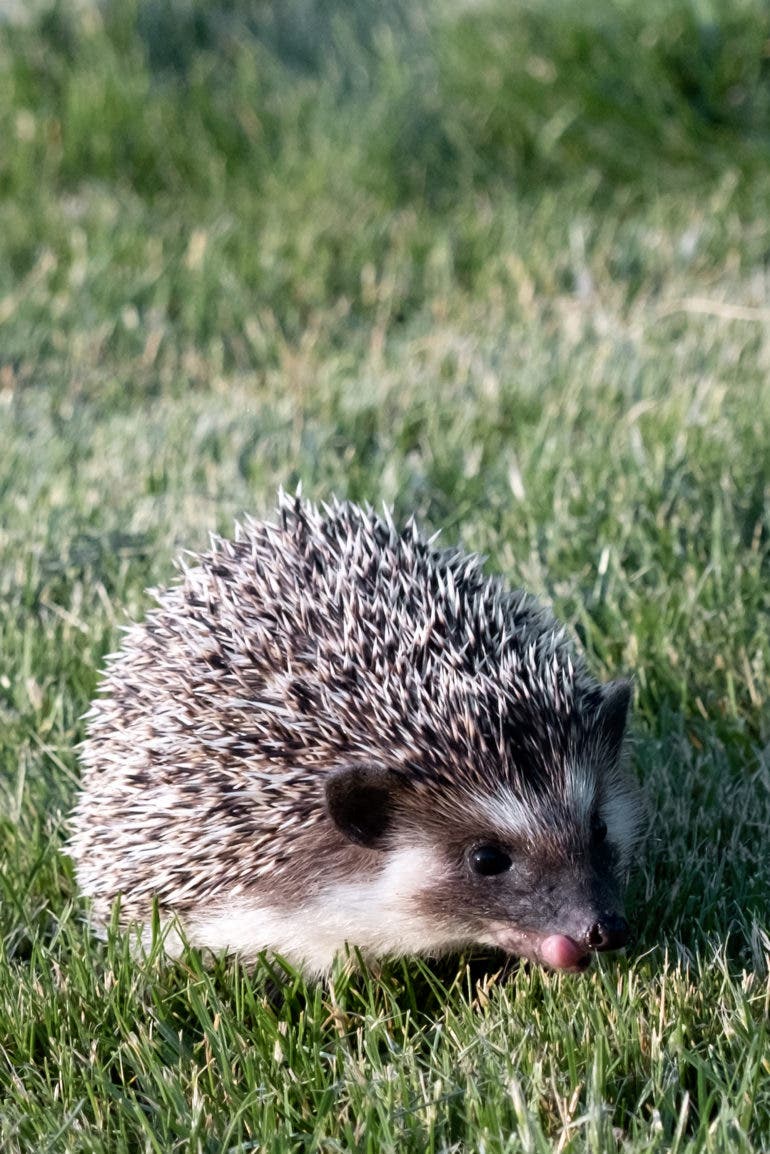
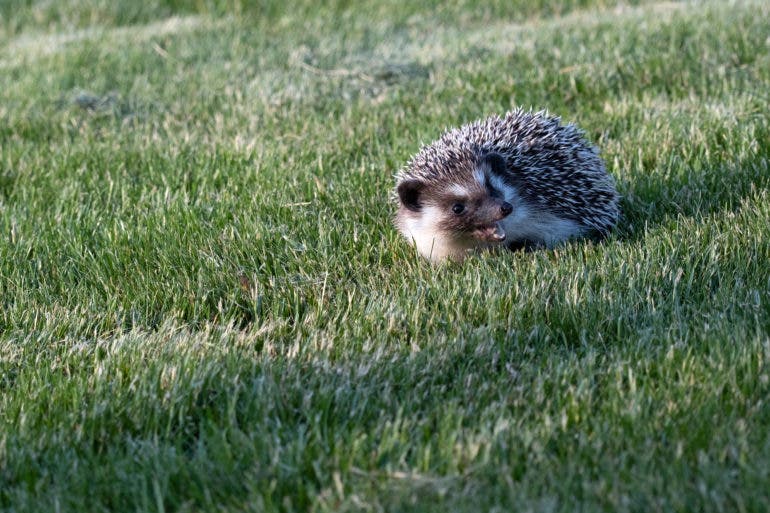





Fujifilm XF 70-300mm Conclusions
Likes
- Compact size
- Light weight
- Image quality
- Versatility
- Quick autofocus
- Weather sealed
- Great price
Dislikes
- Has a tough time focusing in high contrast, high texture areas
- Slow to focus in low light (but that’s being nit-picky as it’s not a low light lens)
At $799.99, the Fujifilm 70-300mm lens would be an excellent addition. It is lightweight, well-built, and delivers beautiful images that any wildlife, nature, still life, sports, wedding, and portrait photographer would enjoy creating time and time again.

We’re giving the Fujifilm 70-300mm f4-5.6 R LM WR OIS four out of five stars. Want one? Check out Amazon for the latest prices.